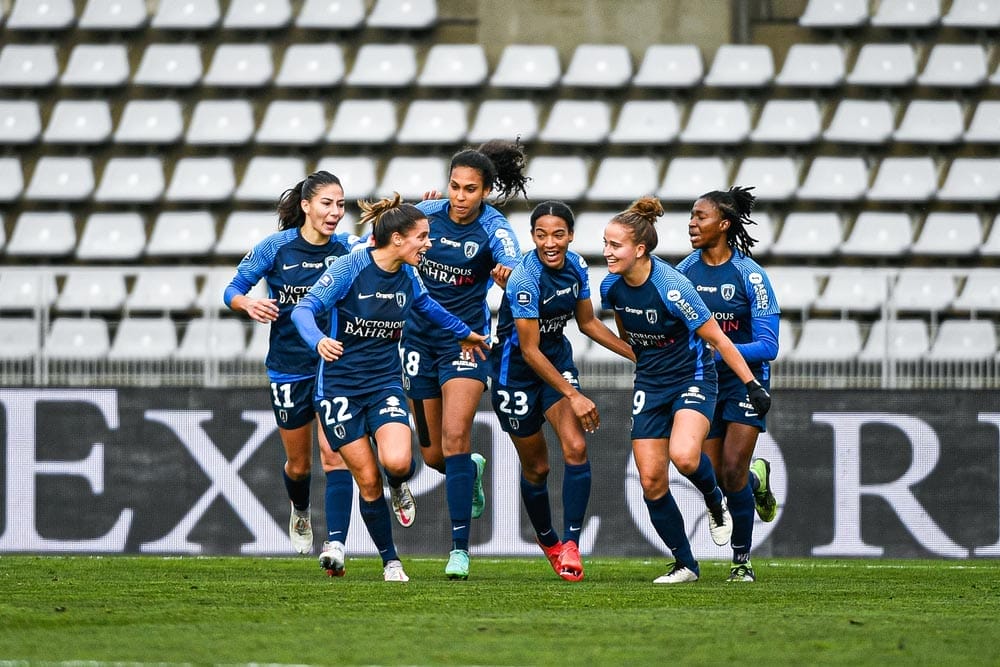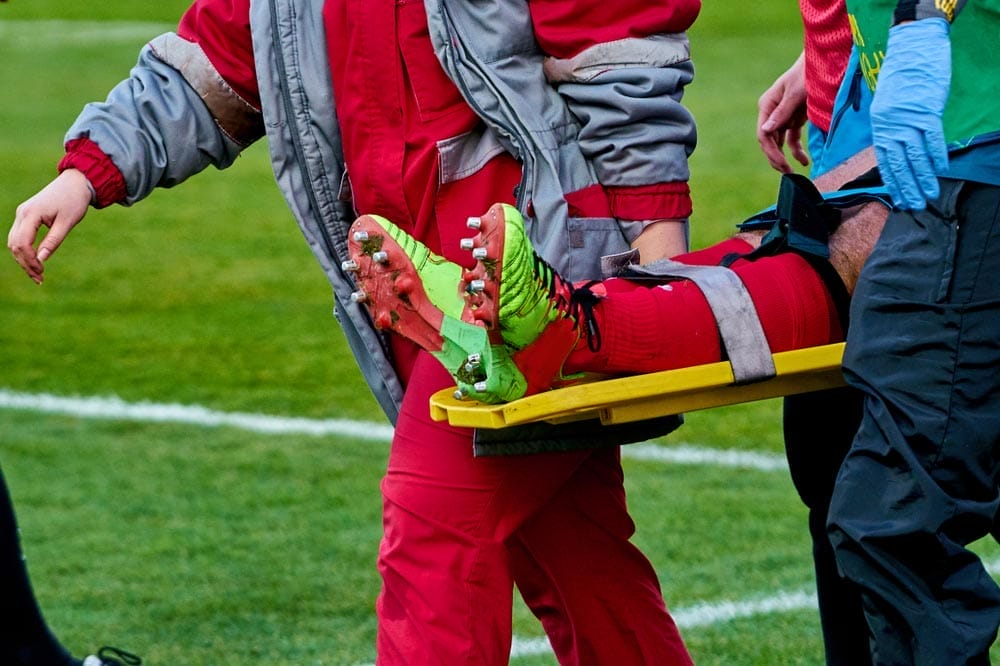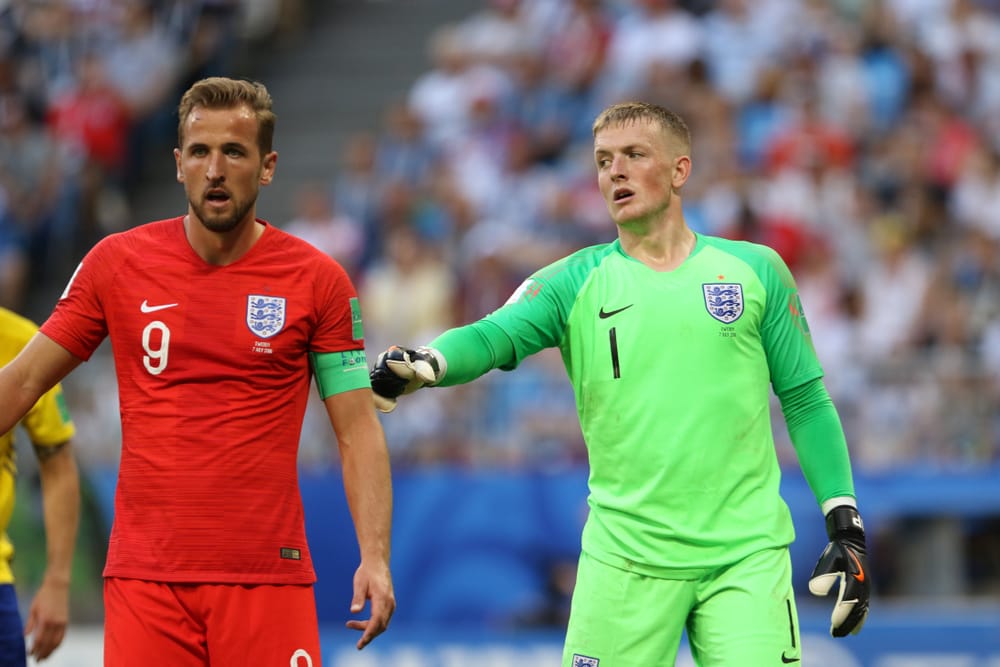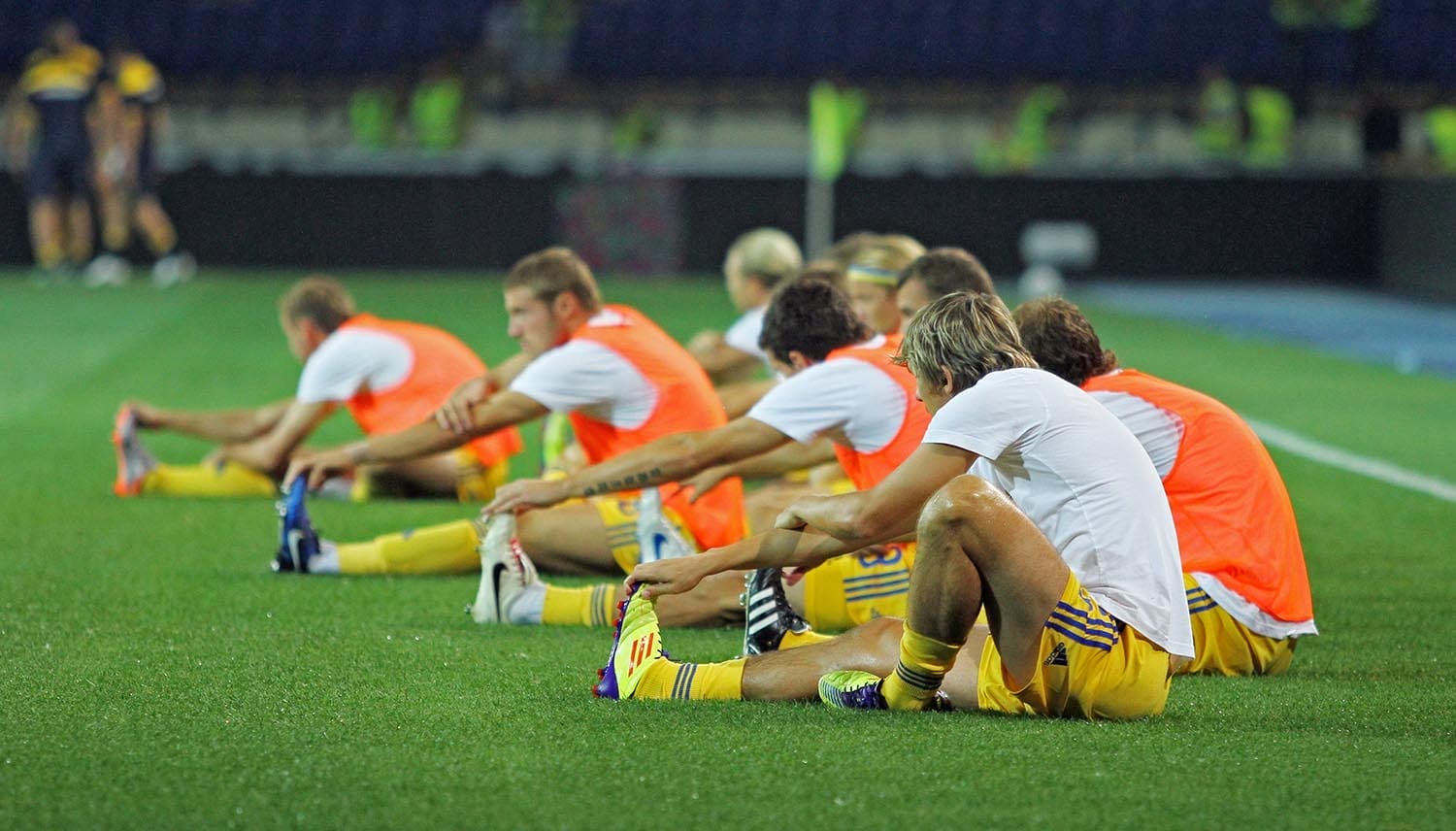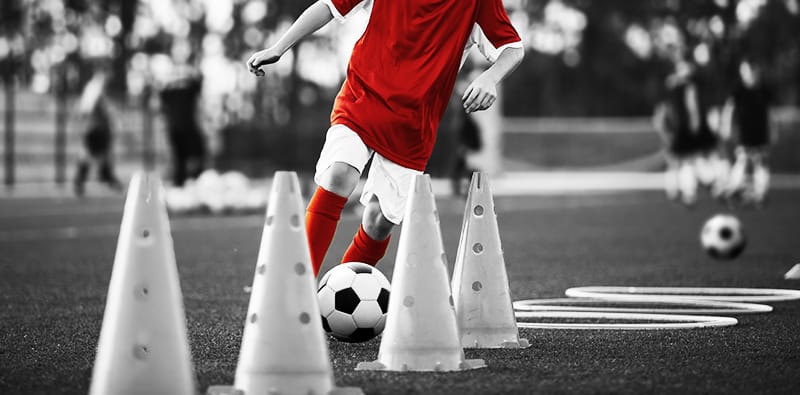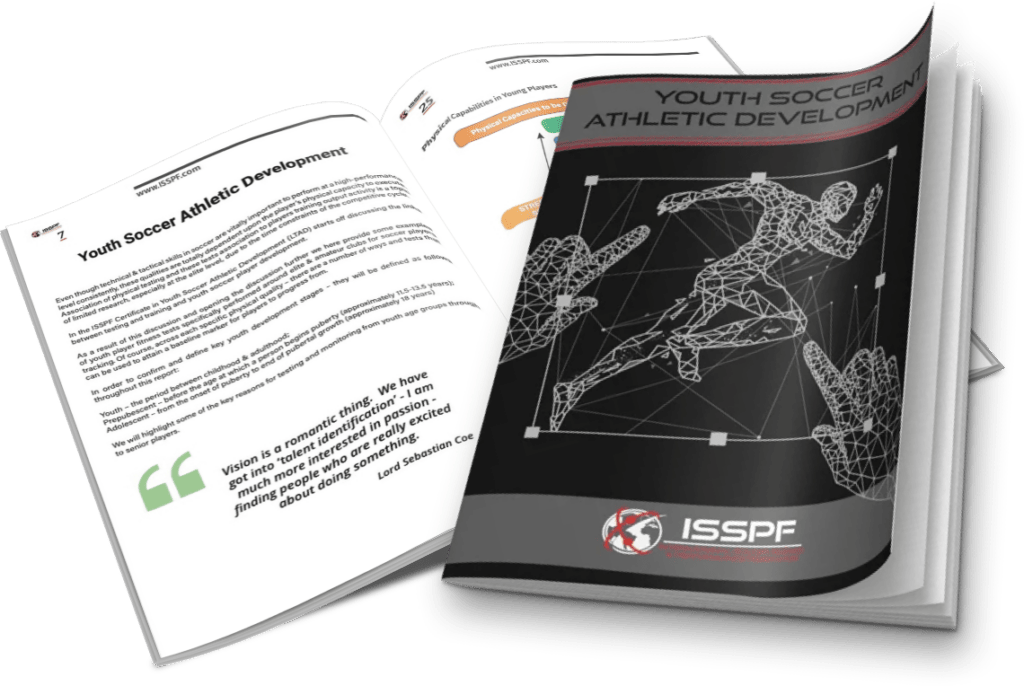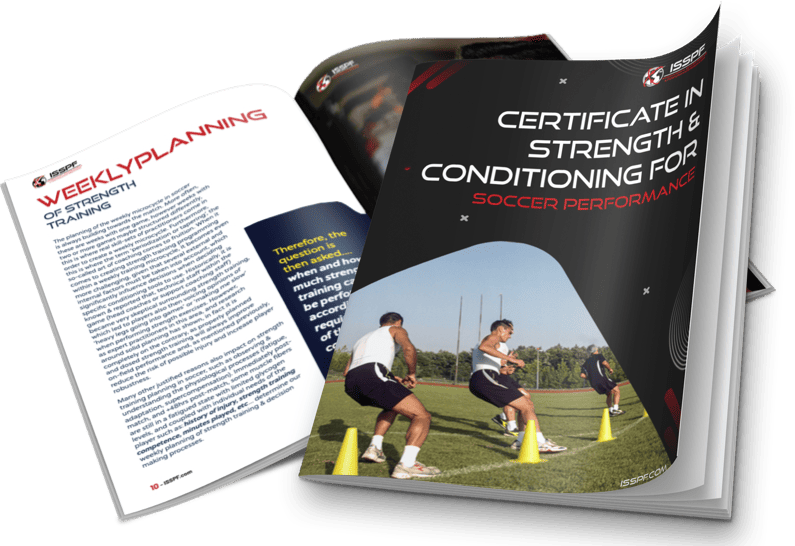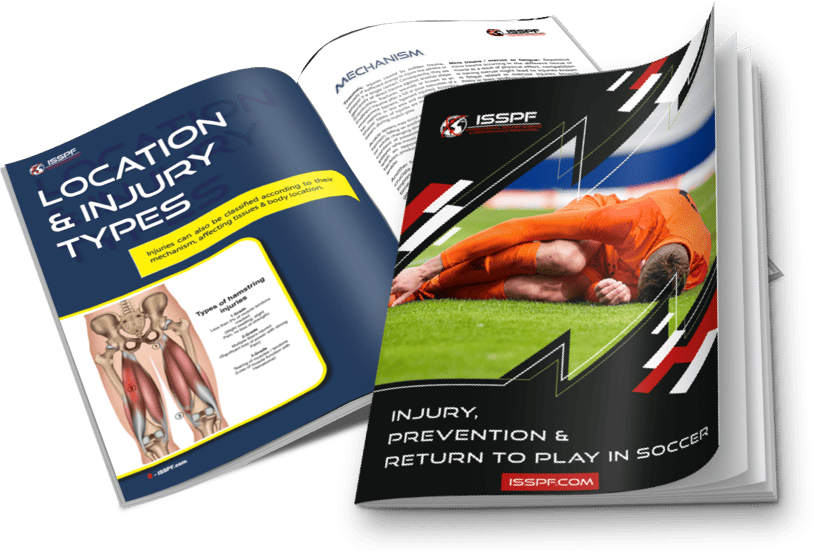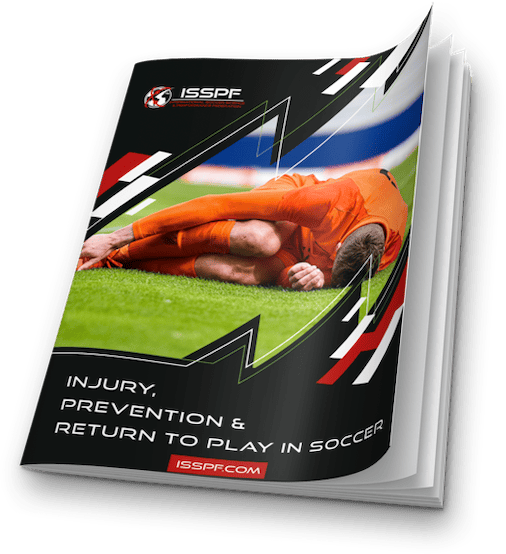As we approach the Women’s FIFA World Cup, the risk of injury towards the end of the season seems to increase.
Is this due to the fatigue-related elements, be it physical or psychological? Arsenal this week confirmed how England national team captain and legendary player Leah Williamson has ruptured her ACL, which is a devastating blow for both Arsenal & England.
Leah Williamson seemed to admit immediately that her World Cup dream was highly unlikely based on the fact that their tournament begins on the 22nd July vs. Haiti and generally to fully recover from an ACL would take anywhere between 7-10 months of rehabilitation.
Taking to Instagram, the England captain spoke about struggling to verbalise how she felt in missing out on the biggest show in sport. Devastatingly, both Arsenal & the Lionesses quickly reacted on social media to support her in this difficult period.
There have been various reports recently bringing more attention to the number of ACL ruptures in the women’s game, further highlighting the need for additional or more research in this area of sport science & performance.
It has been common knowledge that women soccer players are more susceptible to ACL injuries, however, more needs to be done in this area.
As the women’s game continues to grow around the world in popularity, investment and research, the focal point of this research should be around the reduction of these non-contact injury types. This coupled with developing key training methods to avoid these injury types, could help to keep our athletes healthier longer and reduce the risk in the first point.
Injury Risk Screening
Previously discussed in an earlier article within ISSPF, specific in-depth analysis of key metrics of individuals who sustain these injuries might lead to some interesting outcomes concerning the predictive nature of injury risk. Certain injuries have risk factors that can be monitored.
Factors impacting the injury risk of soccer players:
- Warm ups – Adapted warm up is considering as a prevention strategies because it reduces the injury risk (Fields et al, 2010; Soligard et al, 2010). These studies showed that a specific intervention program used as a warm up & focusing on core stability, eccentric training of thigh muscles, proprioceptive training, dynamic stabilization & plyometrics can positively influence injury rates.
- Congested fixture periods – Dellal et al (2013) & Dupont et al (2010) have shown that a congested fixture period could affect & increase the injury risk. Consequently, when a team plays 6 or 7 matches in about 20 days for example, a global preventive plan has to be settled including the training load monitoring, the use of post-efforts recovery method (alternating cold & hot water immersion for example), and squad rotation of players.
- Playing surface – According to some reports in this area, the playing surface has an essential role in injury rates (Ekstrand et al, 2006), more so with the continued change of training or competitive surface (e.g. grass – synthetic – grass).
- Fatigue & training monitoring – The acute: chronic workload is well-reported within the literature & suggested as a key factor when discussing injury in individual and team sports. Periodization, & the capacity to plan & design a training schedule with the appropriate intensity & frequency around competitive fixtures is a key factor when trying to avoid injury. In this context, training load management should be considered as a preventative strategy. Every coach, technical staff & fitness training professionals have various personal & individual views of the microcycle loading design, but irrespective of the method used, the primary approach is to manage & manipulate the players fatigue & performance & to avoid injury.
- Injury history & re-injury – Previous injuries, which are poorly rehabilitated & managed, could well be the origin of a re-injury. Contextually, it is very important to take the time in order to totally recover, re-train & re-condition the injured area from a physiological & biomechanical perspective. The high risk of re-injury concerns the hamstring strain, & indirectly, after an ACL, there are a possibility of compensation & of re-injury on the same knee, & the contralateral knee, or muscle (i.e. hamstring, quadriceps, gastrocnemius).
- Nutrition & dehydration – Poor management from a food type & selection, combined with poorly planned hydration strategies or fluid intake could increase the risk of injury according to the period of the season & external conditions.
- The period of the season – The risk of injury differs according to the period of the season. For example, incidence of sprains was greatest during preseason & the beginning of the competition period, whereas muscular strains peaked in both the beginning & final weeks of the season phase (Mallo & Dellal, 2012). Concerning the in-season period, recent research has shown that performing an injury prevention program twice weekly for the entirety of the entire season (58 prevention sessions) can lead to significantly less muscle injuries. The findings from this study identified a multi component injury prevention training program may be appropriate for reducing the number of muscle injuries during a season but may not be adequate to reduce all other injuries.
Injury screens can be done throughout the season to measure performance changes. These screens can consist of objective measurements such as range of motion and soft tissue flexibility, as well as specific movement screens such as the athlete movement system, jumping measurements, or other body anthropometrics.
There are a variety of screening tools that can be implemented, each having their own strengths and weaknesses. Many of these tools have been extensively researched and could be used in conjunction with other test measures to ensure a well-rounded performance or injury-related screening.
This can identify areas of the player that should be focused on in terms of an improvement program and highlight areas that may show increased potential for injury.
Monitoring Workload
In addition to injury screening, teams can also monitor workloads in order to screen for injury risk.
By measuring the workload performed over one weeks-worth of training and comparing it to a chronic workload over a month, we may be able to determine when there are ‘training spikes’ in overall training workload and how much these spikes change over time.
Recent research in this area has suggested that injuries tend to occur in the week following a larger spike in training load.
If training load changes are maintained under 10% weekly increases, the literature tends to point towards a decreased risk in overall injury rates; however, future research is required in this area in various populations of athletes.
Further objective measurements, combined with utilizing the various workload calculations may be to implement overall wellbeing measures for the athlete, both in terms of internal well-being such as stress, sleep, nutrition, and rate of exertion as well as external wellbeing in terms of overall workload.
Despite our best efforts at determining risk for injury, it is inevitable that injuries will still be sustained. When these injuries do occur, we can assist athletes in having their best chances at a speedy recovery and a return to sport. As shown in the literature, returning to sport is sometimes difficult and the risk for an injury increases after the first phase of rehabilitation.
For example, a player that sustains a hamstring injury is 4 times as likely to sustain another hamstring injury.
In order to help athletes return to sport, we should follow a multi-factorial return to sport program that consists of gradual increases in overall workload, consistent screening, and a gradual return to sport.
The ISSPF online course in Soccer Injury Prevention, Rehabilitation & Return to Play covers a lot of content around this key topic.
Protocols for screening and overall return to sport vary team by team, or practitioner by practitioner and should be well planned, structured and executed.
It is clear that within all sports there are numerous mechanisms of injuries, numerous types of injuries, and numerous risk factors for these injuries; however, if we implement best practice and a well-planned model for injury risk screening along with well-being, and workload monitoring, we may be able to positively influence a fraction of these injuries from occurring.
Moreover, when injuries do occur, it is equally important to utilize a very relative and applied return to sport program in order to minimize the chances of reoccurrence.
Training
With soccer being an intermittent high-intensity & high-speed effort, contact sport, it is quite inevitable that traumatic injuries are commonplace.
Additionally, injuries that occur within the game itself are well reported as being fatigue based non-contact due to the effort, speed or pace & longitudinal volume of the competitive season.
One of the primary aims of individuals involved in the development of soccer athletes or players (i.e. doctors, physiotherapists, sport science staff & coaches), is the prevention of injuries & performance development.
In order to achieve this, it is of paramount importance that the specific developmental strategies, protocols & training programs are conducted in a way that is justifiable, and scientifically led, to provide the players with the best possible tools & robustness for season duration.
When faced with individual injuries, or within fixture congestion periods that may spike injury rates irrespective of the preventative methods & strategies employed (i.e. squad rotation, training load management, injury reduction strategies, nutrition & recovery protocols), the injury mechanisms, compromised tissues & possible deeper research into injury analysis – individuals involved within the performance, coaching or medical aspects of player development must continue to offer the best possible treatment.
Ensuring players or athletes return to the same level (or better) than pre-injury state is the focus. In order to achieve this, each of the phases described here in terms of acute, rehabilitation & training/or return to play is of huge importance.
Soccer Specific Injuries
In order to be able to further examine injury prevention strategies & injury prevention exercises, we must first and foremost understand that an injury is defined as the abnormal change in the bodily structure caused either by external or internal damage due to energy transfer exceeding the football player or soccer athlete’s capability to maintain the functionality.
Furthermore, the definition of a sports injury would be tissue damage that occurs as a result of participating in sports or physical exercises.
According to governing body FIFA, they describe an injury as “any physical ailment suffered by a football or soccer player & which has occurred due to a match or football training, regardless of whether medical attention is required & the time it takes to play again”.
Due to the nature of the game, in which the lower extremities are mainly used for the control, manipulation & movement of the ball, as well as moving activities, the most frequent injuries are in this bodily region, consisting as previously highlighted (approximately 60% of all injuries), within which the knee corresponds to 25%, followed by the ankle.
As mentioned earlier, the most frequent diagnoses reported are muscle strains 35% which result in most days missed of training across all levels of the adult game & financial losses in terms of missed games, with sprains resulting in 20% & contusions of between 16% to 24% of injuries. Commonly acclaimed in soccer science, contusions or contact blows, rarely result in lost training days or competition according to the injury audits performed around the world.
Most accumulative studies in this area, have reported that the main injuries representing a significant loss of participation, regardless of competition level or gender, are ankle sprains, knee sprains, hamstring muscle injuries, & adductor tears, which add between half & two thirds of the total of soccer injuries.
Common Injuries in Footbal
- Ankle sprain
- Hamstring strain or tear
- Calf strain or tear
- Anterior cruciate ligament damage
- Wrist fracture
- Contusion issues
- Adductor tear or strain
- Broken metatarsal
What are the Main Causes of Soccer Injuries?
- Poor training session design & training load management
- Lack of strength, stability & endurance to perform the activities required
- Injury history
- Contact or contusion related issues
- Muscle fatigue, structural or biomechanics issues
- Age of the soccer or football player
- Environmental issues (playing surface, pitch or climate)
Having briefly overviewed the importance of understanding injuries in football and the types of injury sustained in the game or training, we must be able to digest how we can assist players & further explore injury prevention and what are the main causes of soccer injuries.
What is Injury Prevention?
- Injury prevention in a sporting context is an effort to prevent or reduce the severity of athletes, or players’ injuries caused by external & internal factors.
- Developing processes & interventions to minimise the risk of injury before they occur, is a key factor when it comes to injury reduction.
Within soccer cohorts lower injury incidence & higher match availability have been associated with increased points per league match!
Similarly, these key measures are furthermore associated with an increase in clubs’ seasonal coefficient points system, reflecting success in the various international or continental (UEFA, CONMEBOL, ASIAN) Champions Leagues or Copa Libertadores equivalents across the world.
What Next?
The demand for sports science, S&C coaches, physiotherapists, and performance & coaching specialists in football & team sports is growing year upon year. Thousands of students are leaving university with a sports science degree, physio or therapy-related qualification, however many of them asking the key question……
- What now?
- What’s the next step?
- Which area of sport or football science & medicine do I want to specialise in?
- How can I take my learning to the next level?
These are certainly interesting questions as progressing from completing a sporting, medical or therapy-related degree to then working in professional football & trying to understand all the key components, and soft skills that come with jobs in football or careers within sport is complex.
As a result, the bespoke courses developed by ISSPF Fitness, Medical & Football Science Faculty members are a way of further exposing learners, parents, professional coaches, students, or other individuals interested in football science with a thirst to develop & up-skill further.
The link below will take you to the hugely popular & expertly designed ISSPF endorsed & accredited online sport science courses, where you will be exposed to football medicine & coaching science-led research, with practical examples used by the game’s leading practitioners.
The Certificate in Soccer Injury, Prevention & Return to Play provides you with the latest research-driven methods and best practices for minimising the risk of player injury, along with techniques for safely returning injured players back to full match fitness.
The Certificate in Soccer Injury, Prevention & Return to Play course provides coaches at all levels of the game, with the knowledge, research, practical examples and specific training injury prevention and return to play methods that they can apply to their own team environment.
Through 12 focused lectures delivered by leading experts within the game, you’ll be exposed to the latest in injury reduction & RTP techniques, along with processes adopted by elite clubs to reduce risk and maximise the performance of their players and teams.
Certificate in Soccer Injury, Prevention & Return to Play
Who is this Course Suitable for?
Individuals tasked with the responsibility for management and rehabilitation of football players from a training, preparation, coaching & rehabilitation perspective.
Share this article:



